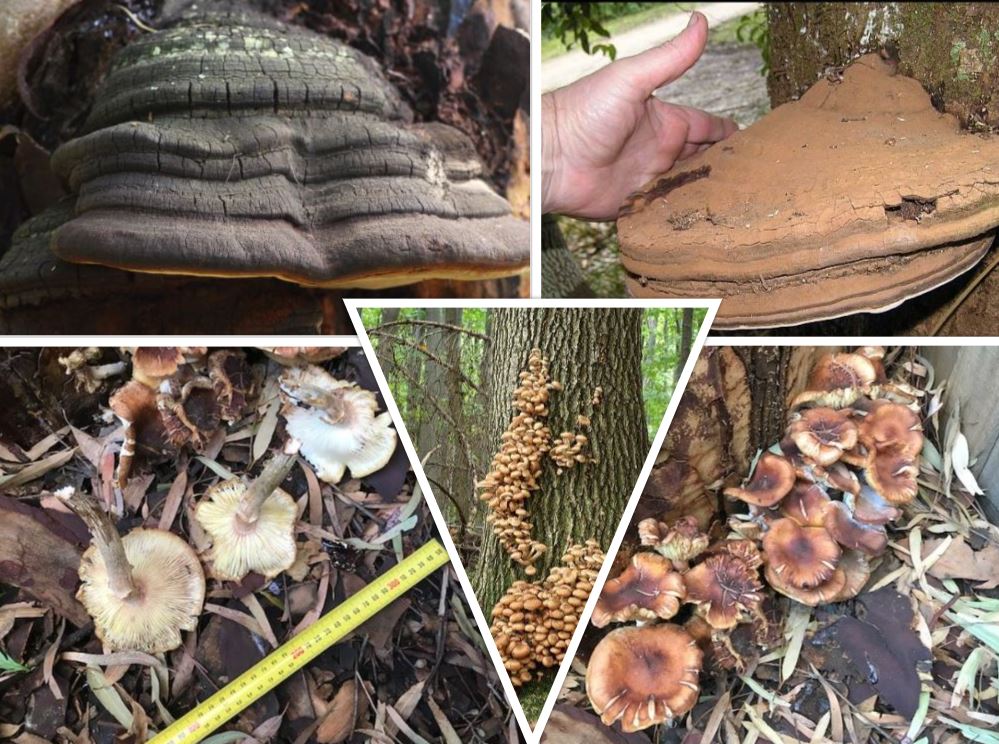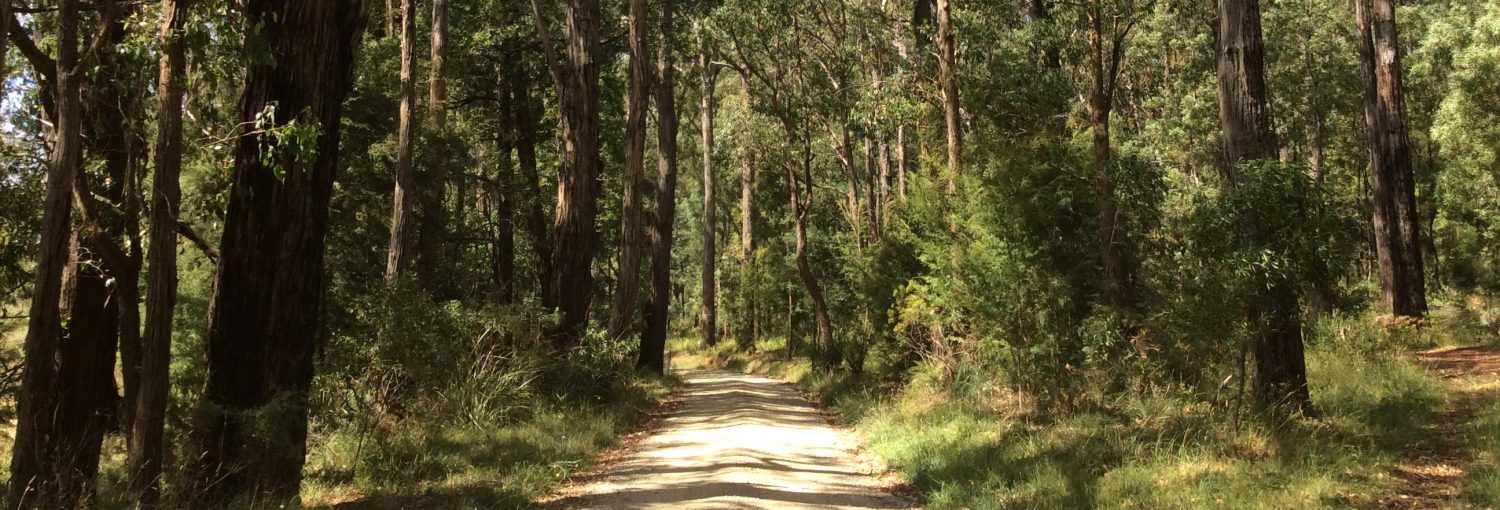Just like people, trees are vulnerable to pests and diseases. An infected tree can be unattractive and also infect other trees and plants surrounding it, causing problems in the local environment. Worst of all, some pests or diseases can severely damage or even kill trees if left untreated.
If you notice that a tree is becoming infected it’s important to take action as soon as possible. So look out for the following key signs and email or call me if you have any concerns.
Dieback.
A natural event or a serious problem caused by pests and diseases?
Can you see branches with few or even no leaves? Is the bark missing in spots or even completely gone? This may simply be a tree shedding an underperforming branch which is a part of the normal growth cycle. However, it may also be the first sign of something much more serious.
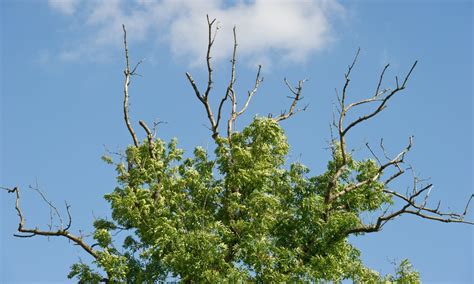
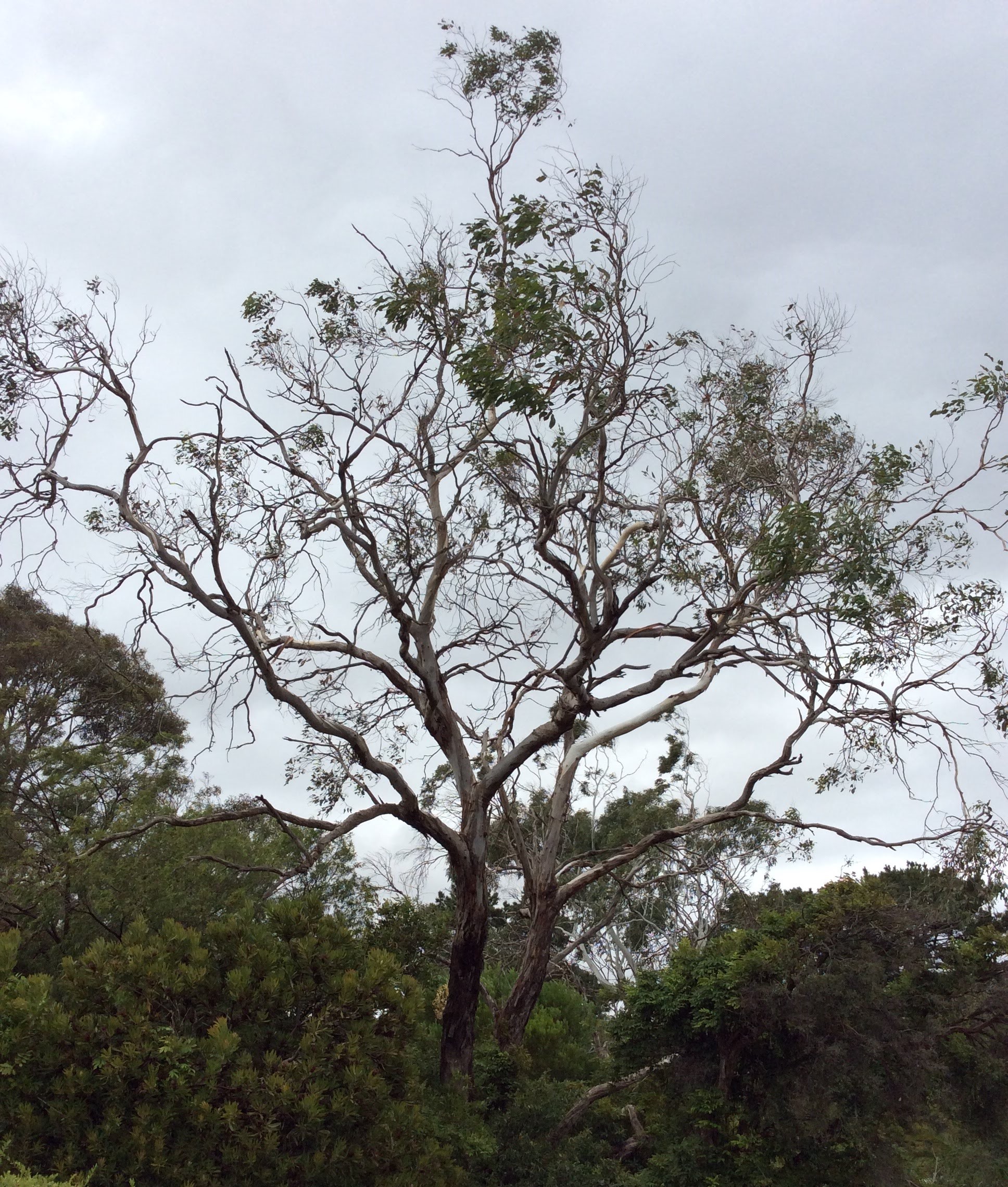
Epicormic shoots.
Your trees tell-tale sign of pests.
Sometimes called water shoots or water sprouts. This is “emergency” growth and can be found at the root flare, (where the tree enters the soil), on the main trunk, or in clusters in the middle of branches. Epicormic shoots are a good indicator of stress and is often linked to problems with your trees vascular system.
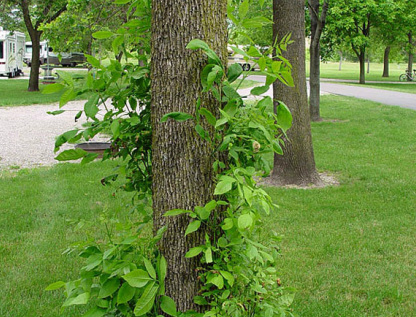
Insects.
Pests or pals?
Your trees are home to dozens of species and thousands of individual insects. Most of them do no significant harm and some are even essential to a trees wellbeing. However, some insect species can spell disaster. Termites, leaf blister sawfly, elm leaf beetle, longicorn beetle, giant pine scale and emerald ash borer are all reasons for concern. If you spot any of the suspects in this line up, snap a photograph and email it to me.
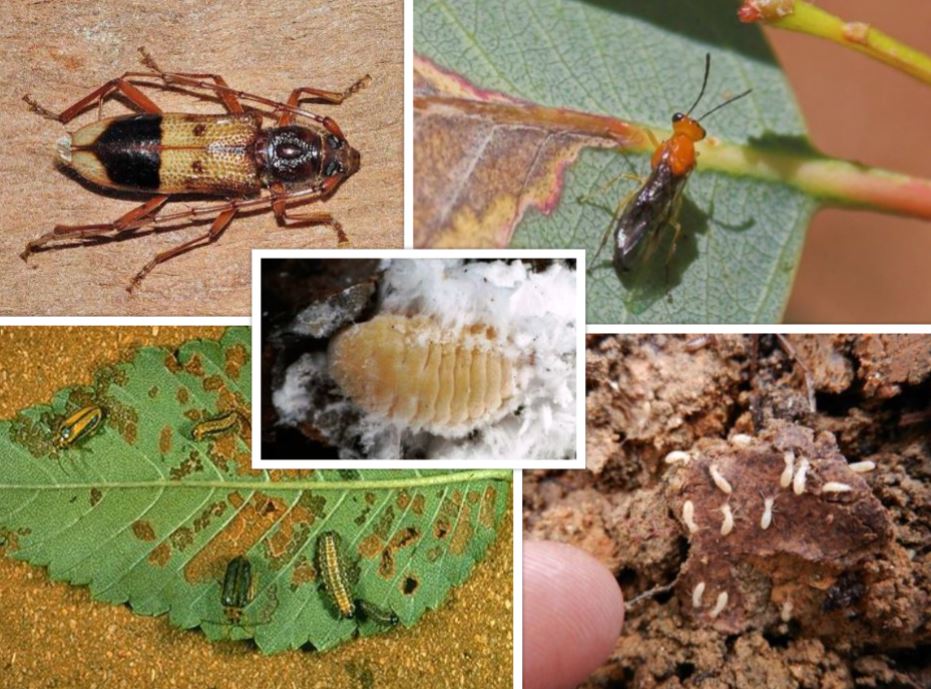
Fungi.
Pests or diseases or both?
Have you spotted clusters of mushrooms at the base of your tree? Or is there something on the trunk that looks like a flying saucer crashed into the tree? You may have a form of macroscopic fungi attacking your tree. But even if you cannot see them, your tree may also be under attack from microscopic fungi too. Symptoms such as gummosis (sap leaking or “bleeding” from the trees trunk or branches), foliar wilt and branch dieback can all be associated with vascular diseases caused by fungi. If you spot any of these symptoms, be sure to take a photograph and email it over.
